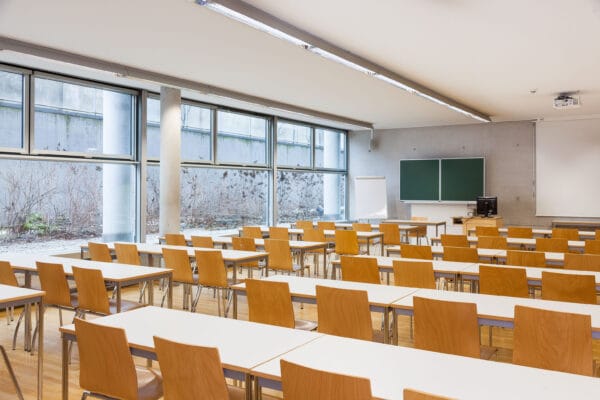
NAME:
SOWI - UR 1
BUILDING:
SOWI
FLOOR:
-1
TYPE:
Seminar Room
CAPACITY:
50
ACCESS:
Only Participants
EQUIPMENT:
Beamer, PC, WLAN (Eduroam), Overhead, Flipchart, Blackboard, Handicapped Accessible, LAN, Microphones
During the Late Bronze Age, a shift in settlement strategies can be observed: while during the Middle and Recent Bronze Age settlements were predominantly located in lowland areas, this phase saw the progressive occupation of mountainous districts, chosen for their morphometric characteristics favorable for defense. These settlements were often reinforced with artificial structures such as defensive walls or ditches. This study examines selected areas of Central Italy (Monti della Tolfa, Monti Cimini, Colli Albani, and the Umbro-Marchigiano Apennine district) to analyze the settlement patterns of upland sites in Protohistoric times. To this end, a site inventory was conducted, and well-established methodologies, such as LiDAR analysis, were applied to identify and characterize different types of occupation. This approach has made it possible to assess how prehistoric communities adapted to new settlement needs by utilizing mountainous areas. The use of LiDAR has proven particularly valuable in detecting sites concealed by dense vegetation, providing new data on the distribution and morphology of these settlements. The analyzed sites span a chronological framework ranging from the Late Bronze Age to, in some cases, the Early Iron Age and later historical phases. This research is part of a broader PhD project aimed not only at studying the settlement dynamics of the Late Bronze Age in mountain environments through the integration of archaeological and morphometric data but also at developing new methodological approaches. In particular, the use of drone LiDAR sensors enhances the ability to detect and analyze archaeological sites in complex landscapes. The use of these advanced technologies opens new perspectives for studying Protohistoric occupation in mountain areas, refining territorial investigation methods, and expanding the possibilities for reconstructing ancient landscapes.

We and use cookies and other tracking technologies to improve your experience on our website. We may store and/or access information on a device and process personal data, such as your IP address and browsing data, for personalised advertising and content, advertising and content measurement, audience research and services development. Additionally, we may utilize precise geolocation data and identification through device scanning.
Please note that your consent will be valid across all our subdomains. You can change or withdraw your consent at any time by clicking the “Consent Preferences” button at the bottom of your screen. We respect your choices and are committed to providing you with a transparent and secure browsing experience.